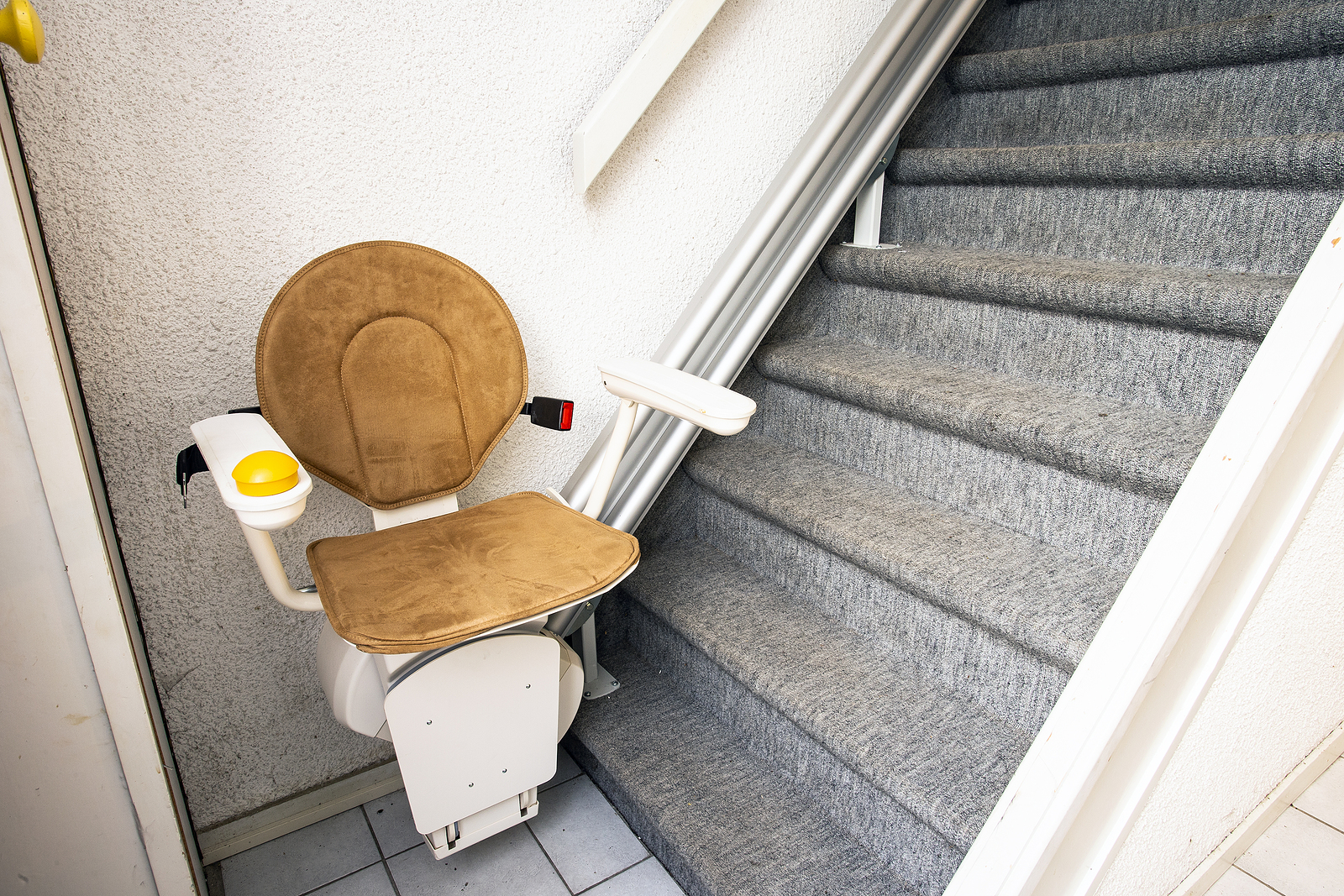For as long as there have been stairs, there has been a need for stairlift installations to help people who struggle to navigate them.
The generally accepted inventor of the stairlift in its modern, successful form is C.C. Crispen, a car dealer from Pennsylvania who came up with the Inclin-ator as a way to help a bedridden neighbour find his independence again. However, this appears to not be the first stairlift ever made.
Even discounting the theory by a historian that a “stair throne” was made for King Henry VIII, there is documented proof that an inventive individual based in Tunbridge Wells designed and patented a stairlift at least a decade before Mr Crispen.
A patent dated 15th September 1913 describes a “chair with tramway” that was designed to be used on staircases using two safety ropes to help pull the chair up by way of a hand winch.
Whilst unfortunately there do not appear to be any surviving images of what the mechanism looked like, it appears to have been remarkably sophisticated given it was powered only by the strong arms of a person winding the winch, even featuring a system to prevent the chair rolling backwards
The credited inventor was the carpenter Walter Frederick Muffett, inheritor of the Volunteer Tavern in Tunbridge Wells, and his sister Edith Wilcocks.
It is unknown whether the design was actually constructed due to a lack of surviving diagrams or photographs. However, given that the patent description sounds astonishingly similar to the rail and carriage systems used today, there is a chance that it was actually functional.
Despite some similarities, it is unlikely that Mr Crispen was directly inspired by the original patented technology, and it serves as an example of a parallel invention.
Walter Frederick Muffett died on 4th May 1935, and the Volunteer Tavern was demolished as part of the Royal Victoria Place project.


